4
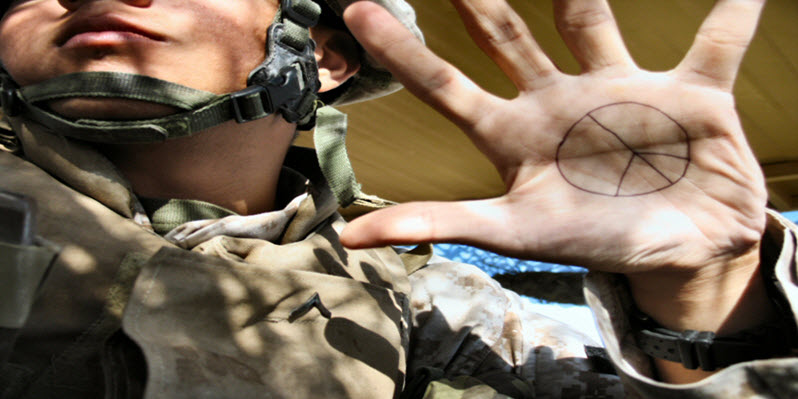
Key Terms
| Arab Spring | Domestic Terrorism | Foreign Terrorist Organizations |
| Fundamentalism | Partition | Resolution |
| Terrorism |
Learning Targets
4.1 I can list and evaluate the different causes of conflict around the world.
4.2 I can compare and contrast foreign and domestic terrorism.
4.3 I can identify and evaluate diplomatic strategies to work towards peace in the global community.
“Every gun that is made, every warship launched, every rocket fired, signifies in the final sense, a theft from those who hunger and are not fed, those who are cold and are not clothed. This world in arms is not spending money alone. It is spending the sweat of its laborers, the genius of its scientists, the hopes of its children. This is not a way of life at all in any true sense. Under the clouds of war, it is humanity hanging on a cross of iron.”
President Dwight D. Eisenhower, Farewell Speech, 1960
Eisenhower’s concerns are even more valid today. As the United States and other governments spend hundreds of billions of dollars annually on their militaries, mass death and destruction from war beyond what Eisenhower could have ever imagined are a major concern, and serious social needs go unmet. It is probably obvious to say that war profoundly affects societies, but that is precisely why war and the threat of war are considered perhaps the most pressing social problem of our times and a threat to the entire planet.
This unit not only seeks to examine conflicts, both in terms of war and smaller acts of terrorism around the world, and the reasons behind them, but also about the movement towards peace and people working together to build a common global community.
Conflict
Conflict refers to some form of friction, disagreement, or discord arising within a group when the beliefs or actions of one or more members of the group are either resisted by or unacceptable to one or more members of another group. Conflict can arise between members of the same group, or it can occur between members of two or more groups, and involve violence, interpersonal discord, and psychological tension. Conflict in groups often follows a specific course i.e. an initial conflict, conflict escalation, and in some cases conflict resolution.
Types of Conflict
There are many different types of conflict including terrorism, civil wars, and larger, international wars. Although terrorism originally referred to acts committed by a government, currently it usually refers to the killing of innocent people for political purposes in such a way as to create a spectacle. In November 2004, a Secretary-General of the United Nations report described terrorism as any act “intended to cause death or serious bodily harm to civilians or noncombatants with the purpose of intimidating a population or compelling a government or an international organization to do or abstain from doing any act”.
Why does terrorism occur? It is easy to assume that terrorists must have psychological problems that lead them to have sadistic personalities, and that they are simply acting irrationally and impulsively. However, most researchers agree that terrorists are psychologically normal despite their murderous violence and, in fact, are little different from other types of individuals who use violence for political ends. If terrorism cannot be said to stem from individuals’ psychological problems, then what are its roots? In answering this question, many scholars say that terrorism has structural roots. In this view, terrorism is a rational response, no matter how horrible it may be, to perceived grievances regarding economic, social, and/or political conditions. There are four major types of terrorism: vigilante terrorism, domestic terrorism, international terrorism, and state terrorism.
Vigilante terrorism is committed by private citizens against other private citizens. Sometimes the motivation is racial, ethnic, religious, or other hatred, and sometimes the motivation is to resist social change. The violence of racist groups like the Ku Klux Klan was vigilante terrorism, as was the violence used by white Europeans against Native Americans from the 1600s through the 1800s. What we now call “hate crime” is a contemporary example of vigilante terrorism.
Domestic terrorism is committed by private citizens against their own government or against businesses and institutions seen as representing the “establishment.” Insurgent terrorism is committed by both left-wing groups and right-wing groups and thus has no political connotation. US history is filled with insurgent terrorism, starting with some of the actions the colonists waged against British forces before and during the American Revolution. A relatively recent example of right-wing insurgent terrorism is the infamous 1995 bombing of the federal building in Oklahoma City by Timothy McVeigh and Terry Nichols that killed 168 people.
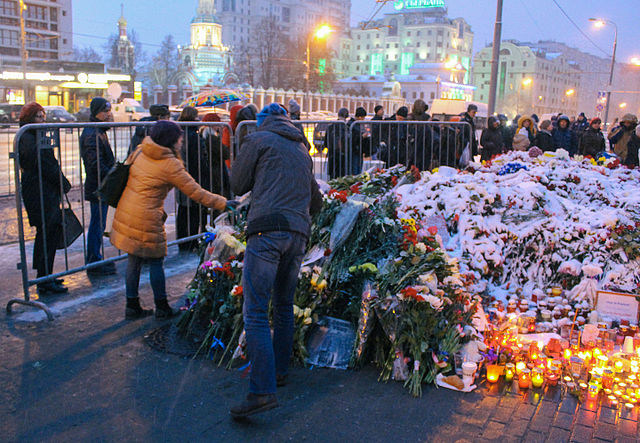
International terrorism is committed by the citizens of one nation against targets in another nation. This is the type that has most concerned Americans at least since 9/11, yet 9/11 was not the first time Americans had been killed by international terrorism. A decade earlier, a truck bombing at the World Trade Center killed six people and injured more than 1,000 others. In 1988, 189 Americans were among the 259 passengers and crew who died when a plane bound for New York exploded over Lockerbie, Scotland; agents from Libya were widely thought to have planted the bomb. Despite all these American deaths, transnational terrorism has actually been much more common in several other nations: London, Madrid, and various cities in the Middle East have often been the targets of international terrorists.
State terrorism involves violence by a government that is meant to frighten its own citizens and thereby stifle their dissent. State terrorism may involve mass murder, assassinations, and torture. Whatever its form, state terrorism has killed and injured more people than all the other kinds of terrorism combined.
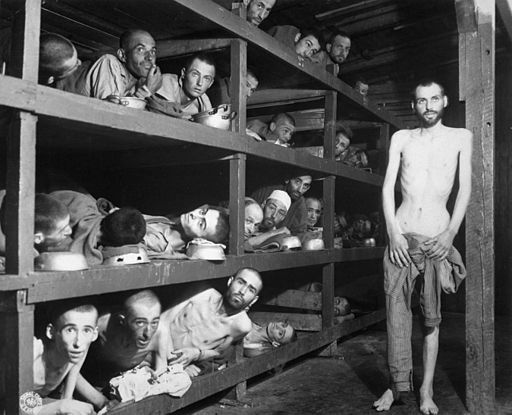
A civil war is a war between organized groups within the same state or country, or, less commonly, between two countries created from a formerly united state. The aim of one side may be to take control of the country or a region, to achieve independence for a region or to change government policies.
A civil war is a high-intensity conflict, often involving regular armed forces, that is sustained, organized, and large-scale. Civil wars may result in large numbers of casualties and the consumption of significant resources.
It is widely perceived that civil war threatens development, particularly in the developing world where the great majority of civil wars occur. The conventional wisdom has been to try to bring the civil war to a close as quickly as possible in order to allow development to restart. The role of outside organizations, be they the United Nations, bilateral aid agencies or NGOs, is critical here, as they can provide the necessary resources and energy to start the peacebuilding process. These organizations need to work together to bring about a durable and just peace.
There have been several larger wars throughout modern history; most notably World War I and World War II. In terms of history, the scale of the two “world wars” was enabled by the technological advances of the second industrial revolution and the resulting globalization that allowed global powers to mass produce military hardware, but wars on such a scale have not been repeated due to the onset of the atomic age and the resulting danger of mutually assured destruction.
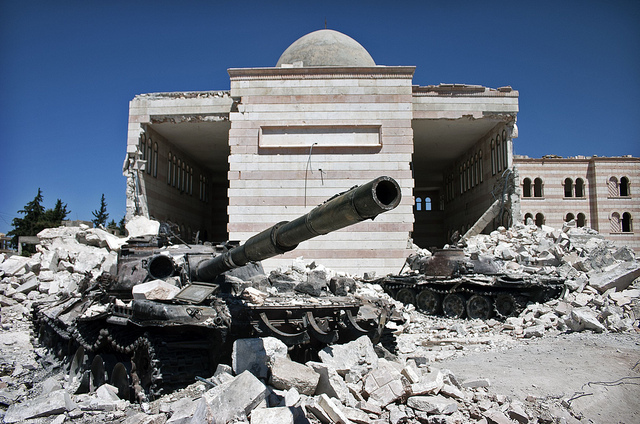
Institutions such as the United Nations were established to collectivize international affairs, with the explicit goal of preventing another outbreak of general war. The wars had also greatly changed the course of daily life. Technologies developed during wartime had a profound effect on peacetime life as well, for instance advances in: jet aircraft, penicillin, nuclear energy, and electronic computers.
Preventing Wars and Stopping Conflict
War and terrorism have existed since prehistoric times. Given their long histories, war and terrorism are not easy to prevent. However, theory and research by sociologists and other social scientists point to several avenues that may ultimately help make the world more peaceful.
The usual strategies suggested by political scientists and international relations experts to prevent war include arms control and diplomacy. Approaches to arms control and diplomacy vary in their actual and potential effectiveness. Regardless of the specific approaches taken, arms control and diplomacy will always remain essential strategies to prevent war, especially in the nuclear age when humanity is only minutes away from possible destruction.
Beyond these two essential strategies, the roots of war must also be addressed. War is a social, not biological, phenomenon, and arises from decisions by political and military leaders to go to war. There is ample evidence that deceit accompanies many of these decisions, as leaders go to many wars for less than noble purposes. To the extent this is true, citizens must always be ready to question any rationales given for war, and a free press in a democracy must exercise eternal vigilance in reporting on these rationales. To prevent war, then, the press and the public must always be ready to question assumptions about the necessity of war. The same readiness should occur in regard to militarism and the size of the military budget.
In this regard, history shows that social movements can help prevent or end armament and war, and limit the unchecked use of military power once war has begun. While activism is no guarantee of success, responsible nonviolent protest against war and militarism provides an important vehicle for preventing war or for more quickly ending a war once it has begun.
As we think about how to prevent war, we must not forget two important types of changes that create pressures for war: population change and environmental change. Effective efforts to reduce population growth in the areas of the world where it is far too rapid will yield many benefits, but one of these is a lower likelihood that certain societies will go to war. Effective efforts to address climate change will also yield many benefits, and one of these is also a lower likelihood of war and ethnic conflict in certain parts of the world.
Finally, efforts to prevent war must keep in mind the fact that ideological differences and prejudice sometimes motivate decisions to go to war. It might sound rather idealistic to say that governments and citizens of a country should respect ideological differences and not be prejudiced toward people who hold different religious or other ideologies or have different ethnic backgrounds. However, any efforts by international bodies, such as the United Nations, to achieve greater understanding along these lines will limit the potential for war and other armed conflict. The same potential holds true for efforts to increase educational attainment within the United States and other industrial nations, but especially within poor nations. Because prejudice generally declines as education increases, measures that raise educational options for all citizens promise to reduce the potential for armed conflict in addition to the other benefits of increased education.
One important means of ending conflict is combatting all forms of terrorism. Traditional efforts to stop transnational terrorism take two forms: the first strategy involves attempts to capture known terrorists and to destroy their camps and facilities this is commonly called a law enforcement or military approach. The second strategy stems from the recognition of the structural roots of terrorism just described and is often called a structural-reform approach.
Law enforcement and military efforts have been known to weaken terrorist forces, but terrorist groups have persisted despite these measures. Worse yet, these measures may ironically inspire terrorists to commit further terrorism and increase public support for their cause. Critics also worry that the military approach endangers civil liberties.
In view of all these problems, many terrorism experts instead favor the structural-reform approach, which they say can reduce terrorism by improving or eliminating the conditions that give rise to the discontent that leads individuals to commit terrorism.
Although there are no easy solutions to transnational terrorism, efforts to stop this form of terrorism must not neglect its structural roots. As long as these roots persist, new terrorists will come along to replace any terrorists who are captured or killed. Such recognition of the ultimate causes of transnational terrorism is thus essential for the creation of a more peaceable world.
Diplomatic Organizations
Diplomacy is the practice of conducting negotiations between representatives of states. It is typically conducted through professional diplomats with regard to issues of peace-making, trade, war, economics, culture, environment, and human rights. Diplomacy is the employment of tact to gain strategic advantage or to find mutually acceptable solutions to a common challenge.
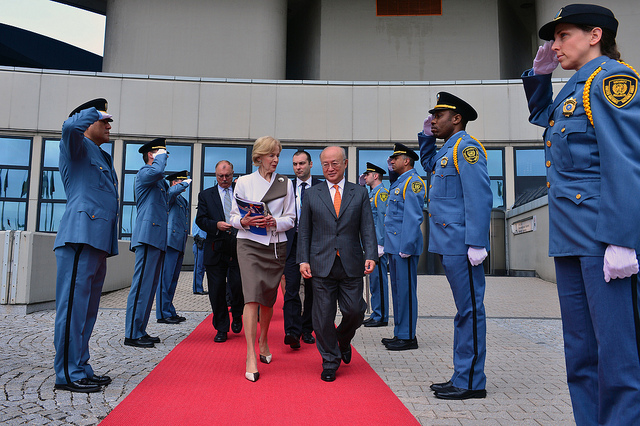
Intergovernmental Organizations Promoting Peace
There are many intergovernmental organizations that are devoted to making, protecting, and keeping the peace throughout the world. The largest of these organizations is the United Nations. There are many umbrella organizations within the United Nations, such as the UN Security Council. In the instance of conflict, the UN can send in peacekeeping troops and diplomats to assist in coming up with ceasefires and treaties to end the conflict.
In addition to the United Nations, there are other smaller, regional intergovernmental organizations that focus on resolving conflicts and keeping peace. Examples of these organizations include the European Union (EU) and the Organisation of African Unity (OAU). Both of these organizations are focused on keeping peace in their respective regions of the world.
Intergovernmental organizations formally negotiate agreements on peace using treaties. A peace treaty is an agreement between two or more hostile parties, usually countries or governments, which formally ends a state of war or conflict between the parties. It is different from an armistice, which is an agreement to stop hostilities, or a surrender, in which an army agrees to give up arms, or a ceasefire or truce in which the parties may agree to temporarily or permanently stop fighting.
A treaty’s content usually depends on the nature of the conflict being concluded. In the case of large conflicts between numerous parties there may be one international treaty covering all issues or separate treaties signed between each party.
Since its founding after World War II the United Nations has sought to act as a forum for resolution in matters of international conflict. A number of international treaties and obligations are involved in which member states seek to limit and control behavior during wartime. This has meant that formal declarations of war have frequently happened. Treaties are often ratified in territories deemed neutral in the previous conflict, and delegates from these neutral territories act as witnesses to the signatories.
Non-Governmental Organizations Promoting Peace
There are many non-governmental organizations (NGOs) that work towards not only social justice, but also keeping the peace. One prominent example is The American Friends Service Committee (AFSC). The AFSC is a Quaker organization that has long worked for peace and social justice. This organization has local offices in more than thirty US cities, and also in more than a dozen other nations.
AFSC was established to help conscientious objectors serve their country in nonmilitary ways during World War I. In more recent years, AFSC has provided various types of help to immigrants, migrant workers, prisoners, and other “have-not” groups in need of social justice. It also works to achieve nonviolent conflict resolution in urban communities.
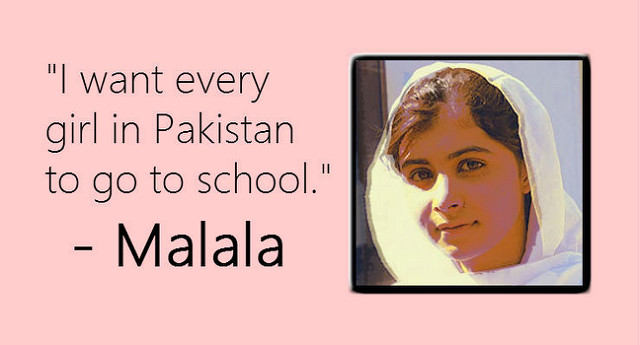
Another NGO that is working towards peace is the NGO Working Group on Women, Peace and Security (NGOWG). This organization was formed in 2000, and is focused on defending women’s rights and working in areas of conflict. NGOWG plays a significant role in monitoring policy and practice on women, peace and security. The NGOWG headquarters are in New York City at the United Nations headquarters, and they work closely with United Nations diplomats from around the world.
Links to Resources
Conflict
The United States FBI website about terrorism; posts up-to-date information about terrorism and terrorist attacks:
https://www.fbi.gov/about-us/investigate/terrorism
An interactive map and article about the geography of terrorism:
http://www.theatlantic.com/international/archive/2014/11/the-geography-of-terrorism/382915/
Current Events
Diplomatic Organizations
Description and examples of IGOs:
Intergovernmental Organizations – Harvard Law School
NATO’s strategy for countering terrorism
The UN’s strategy for combating global terrorism
UN Global Counter-Terrorism Implementation Task Force
The UN Peacekeepers’ website; provides information about all peacekeeping missions that the UN participates in
http://www.un.org/en/peacekeeping/
An NGO that specifically focuses on keeping the peace and addressing human rights issues as they pertain to women
http://www.womenpeacesecurity.org/about/
Peace
A website that brings together a variety of peacekeeping organizations and news stories from around the US and the world:
http://www.unitedforpeace.org/
A list of all major peace treaties, both past and present: https://en.wikipedia.org/wiki/List_of_United_States_treaties